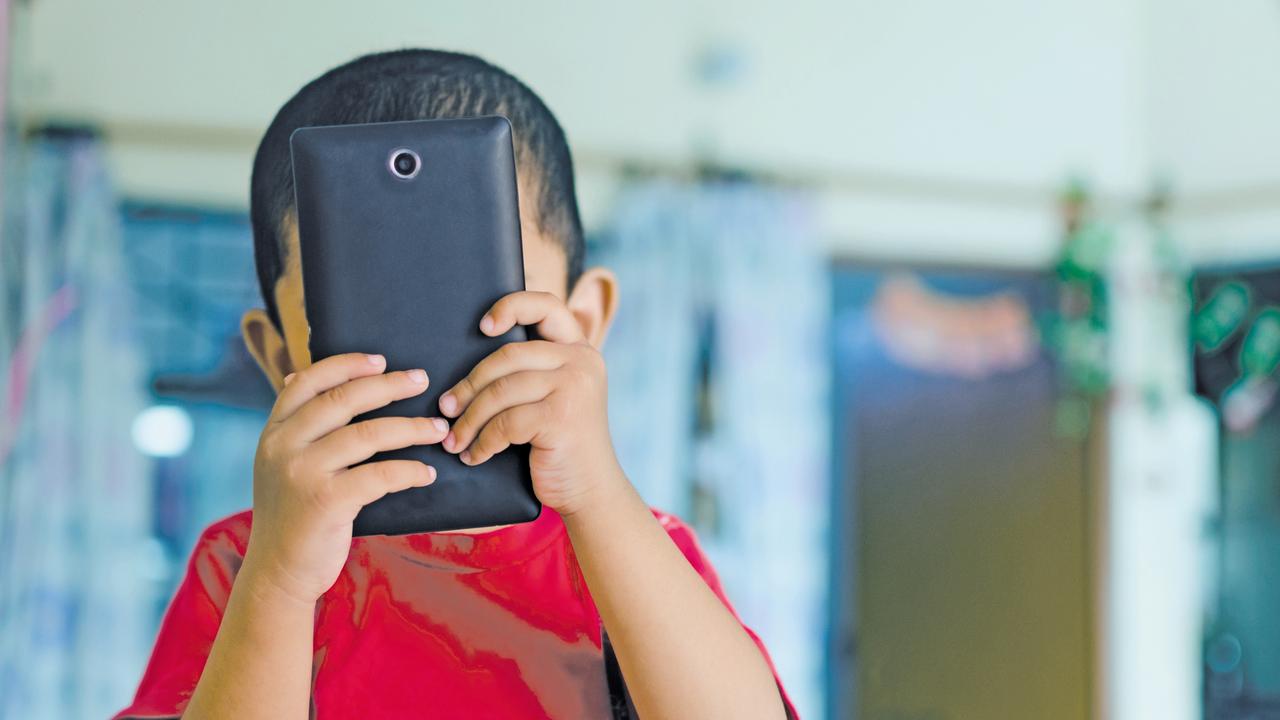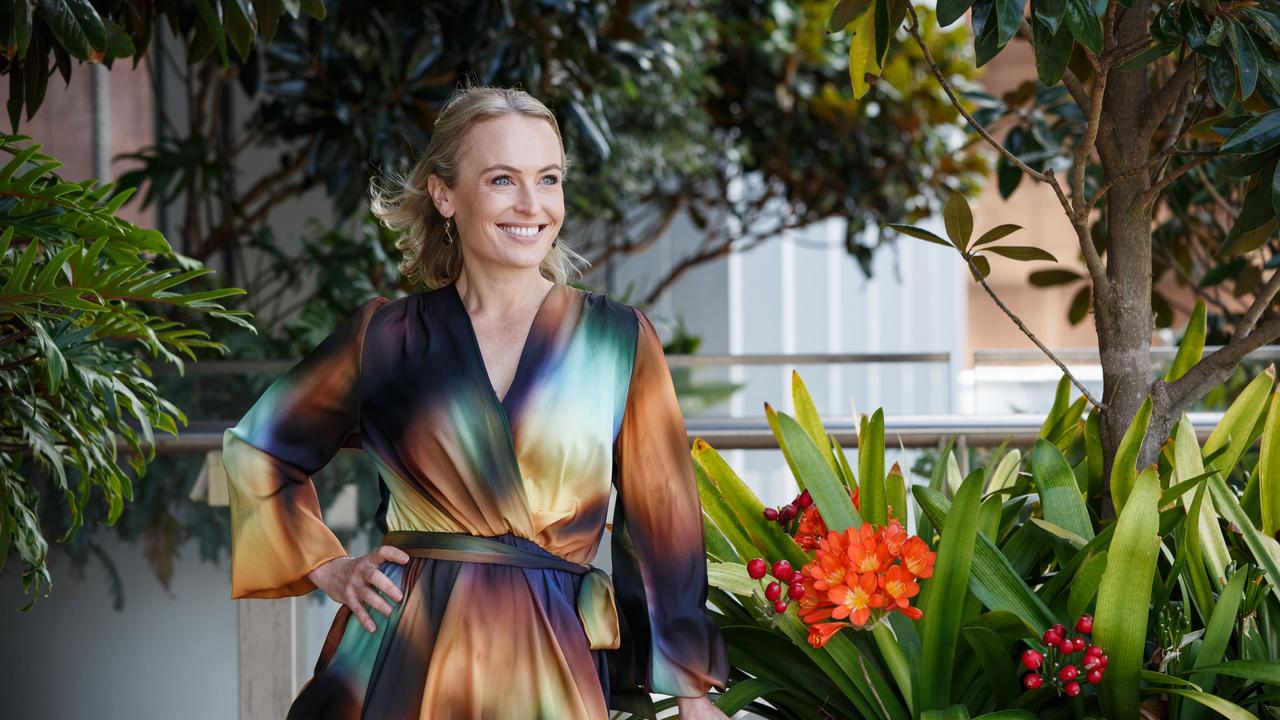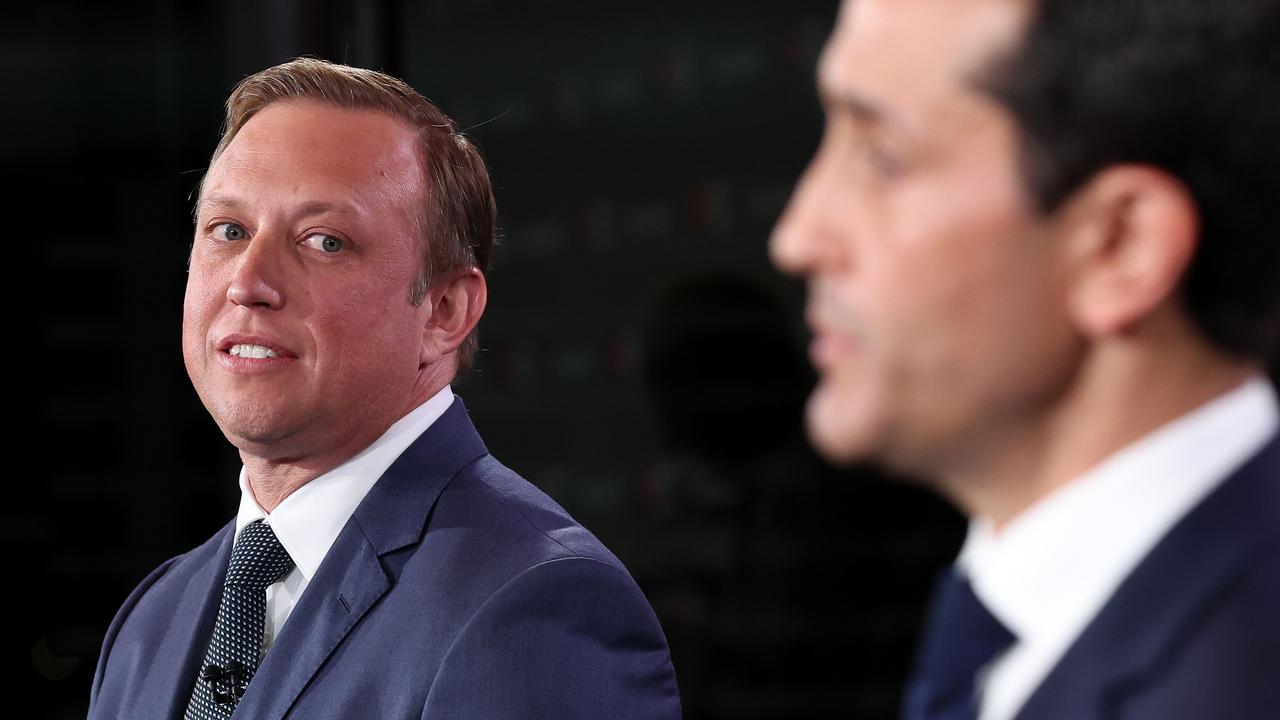Why keeping kids safe online is everyone’s responsibility
Today, children face dangers that extend beyond their physical boundaries and into the digital space.

Opinion
Don't miss out on the headlines from Opinion. Followed categories will be added to My News.
As children of the 1980s in Australia, we were warned about stranger danger.
We were taught that interacting with people we didn’t know in the neighbourhood was dangerous.
Today, our children face dangers that extend beyond their physical boundaries and into the digital space. While social media brings many benefits, and the ability to connect, we now know it comes with risks to our young people. Social media makes children accessible, unknowingly, to strangers, perpetrators and even criminals online.
As someone who has experienced abuse as a child, as the CEO of ICMEC Australia, and particularly as a parent, I am concerned about the potential harm to children in the digital world. It’s the connection and content-sharing functions of social media where much of the risk lies.
It’s not about saying ‘young people should be excluded from being online’. My children benefit from online educational and learning programs at home and at school, and we all need to enjoy the benefits of the online world. The main issue is accessibility to our children online by people who may not be who they say they are, with potentially malicious intentions. According to a study by the eSafety Commissioner in 2018, 38 per cent of young people aged 8-17 years used the internet to chat with someone they didn’t know, and 33 per cent encountered unwanted contact or content. We know children can be vulnerable to cyber-bullying, sextortion, and exposure to pornography online. In another study by Thorn last year, almost 50 per cent of children report having had a potentially harmful experience online.
I believe young people should be able to engage with social media that is age-appropriate, supported by education, accountability and safeguards provided by tech companies, telcos and governments.
We also need stronger regulation for age verification on social media.
All industries go through regulation to improve safety. I think this is inevitable with social media too, but it must happen urgently. Just as we enforce the age for driving a car or buying alcohol, why wouldn’t we apply the same level of regulation and protections in this space? Several pilot programs across the globe promote or enforce age-appropriate use for social media companies.


In Australia, we need to get behind the work and initiatives of the eSafety Commissioner, such as its 2023 Age Verification Roadmap, which has well-researched, tangible actions to improve child safety online.
Safety by design needs to be implemented across all products and services. This includes software and hardware, and a range of protective settings, including age settings that default to higher levels of safety and privacy for children.
In recent decades, technology companies have shown an incredible capacity to build innovative, disruptive technology that we could never have imagined. Brilliant engineers can build excellent, protective technologies too (and many are).
We need to have open and honest conversations with our children about online safety – as early as possible. We need to be proactive in implementing effective monitoring and parental controls. According to the ACCCE, only 52 per cent of Australian parents and carers are having conversations with their children about online safety. WeProtect reports that in some online environments, individuals seeking to abuse children have managed to lock them into high-risk online grooming conversations in as little as 19 seconds.
Who needs to fix this? Is it tech companies? Government? Schools? Or is this parental responsibility? It’s all of these things. This is a collective effort, and it’s urgent.
In his recent book, The Anxious Generation, Jonathan Haidt highlights the harms children face from the great “digital rewiring”.
He notes that many of the online harms to children escalated rapidly around 2010-2015, attributed in part to the widespread adoption of technological advancements like self-facing cameras on phones. In the last ten years, we have seen technology and risks to children change rapidly. A year from now, it will be different again. We can’t wait to enact measures that prioritise the safety of our children. We must act now.
Anna Bowden is the CEO of the International Centre for Missing Children
Originally published as Why keeping kids safe online is everyone’s responsibility







